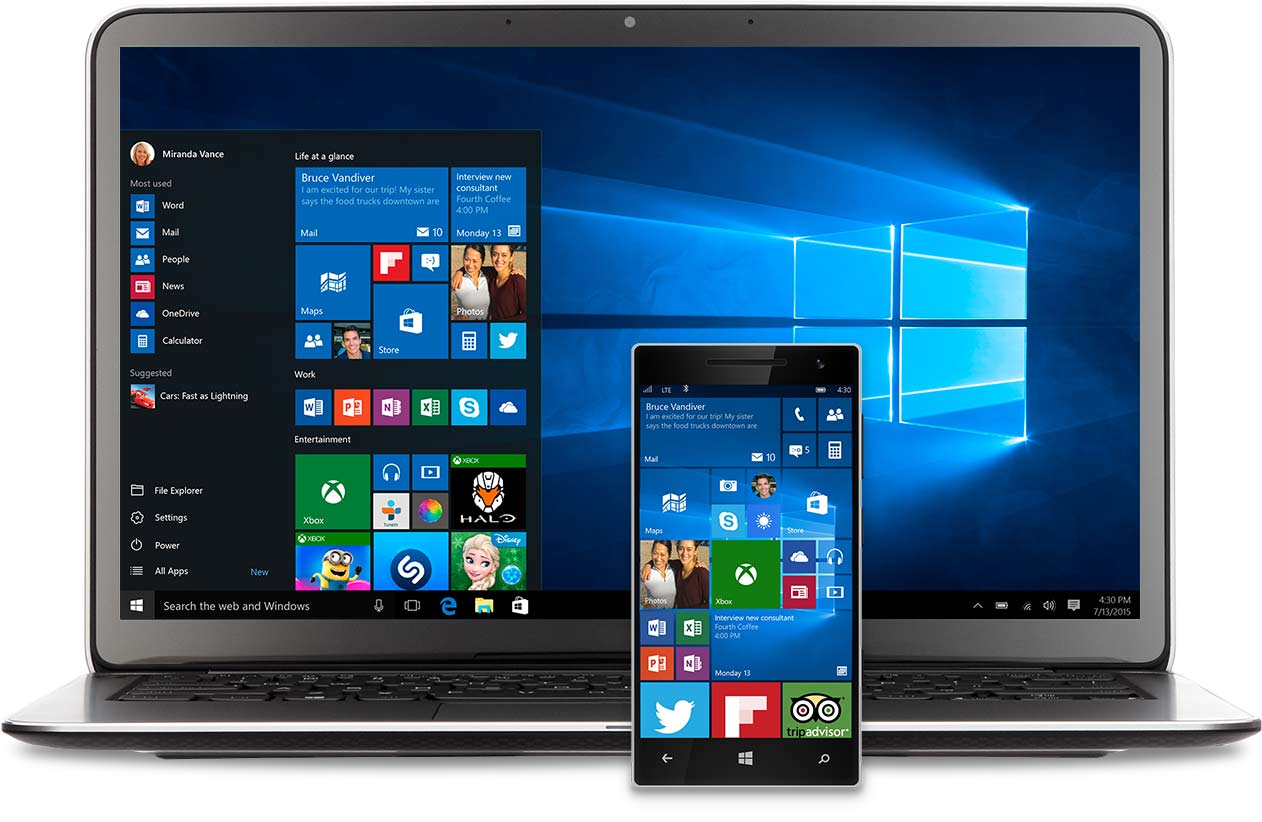Three reasons why Microsoft will commit to the idea of the Surface Phone
In the wake of introducing the new Lumia 950 and 950XL handsets, Microsoft’s commitment to creating smartphones that double as desktop PCs seems to have solidified, in a manner suggesting that the still “mythical” Surface Phone, could still be a reality in 2016. Even further, a Surface device could replace the Lumia product line entirely, and extend its shelf presence beyond your local wireless carrier’s store.

Flagship hardware
Effective from the release of Windows 10, Microsoft is no longer just a software company. Even before the unveiling of Microsoft Surface Book, Microsoft has proven to be a company capable of creating flagship hardware, which up until not long ago, was an Apple prerogative.
With that said, creating flagship hardware also means taking full ownership of that hardware, not only on paper, but also in the eyes of consumers. The Lumia brand is confusing, as it causes dilution of the Surface brand, by letting consumers wonder when Lumia ends and Surface begins.
Surface Phone PC
So far, the current line of Lumia devices are capable of connecting to external displays via the Microsoft Surface Dock, and the desktop mode available applies only to apps from the Windows Store, due to obvious limitations of ARM chips.
This is bound to end, as there is a strong possibility that Microsoft may be working on a Surface device small enough to be a smartphone, and powerful enough to run Windows 10 in desktop mode, as well as being capable of running desktop applications, when connected to an external display.
The premise for this to happen is provided by Intel’s newest line of Skylake processors, with specific reference to Intel Core M, which is more than capable of fitting in devices as small as micro computers like Intel Compute Stick, and able to power most desktop applications, as well as providing support for integrated graphics.
Skylake can deliver twice the speed of a comparable chip, such as the one powering the iPad Air 2, with similar battery life, with the necessary architecture to run desktop apps, which places it leaps and bounds above the more limited ARM architecture.
Keeping up with consumers
Since the inception of larger phones, or “phablets”, consumers are discovering new ways to use their smaller devices, and demand a better user experience for productivity apps enabling them to do more, when being away from their laptops or desktop PCs.
A pocket-sized device capable of delivering enough computing power to run desktop applications, with the added value of being able to use any screen with a DisplayPort or HDMI interface, as a monitor, could become key to Microsoft’s establishment of the Surface brand.
Ironically, Microsoft’s own legacy of desktop-focused software maker, is the very driver of this plausible future. Consumers are discovering the power of apps, however there is still a bias placing apps in a position where there is more to be desired, compared to desktop apps.
The concept of Universal apps is key to solving this problem, as Universal apps are designed to scale to a full-desktop mode when needed, which is precisely why desktop-class performance in a Surface Phone seems so logical.